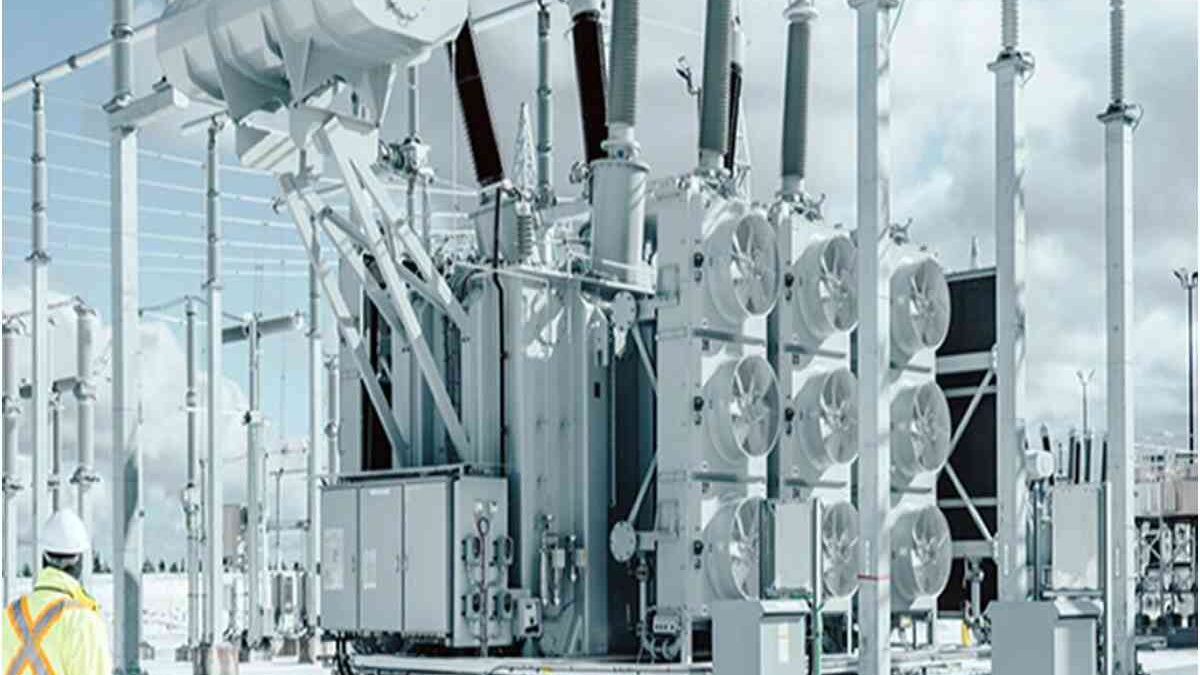Technologies such as artificial intelligence and cloud computing have created a massive spike in data center demand, which has simultaneously caused a price increase in transformers for power supply needs. What are the main drivers of this trend?
Table of Contents
1. A Prolonged and Worsening Deficit
Data centers require transformers to regulate the current of the specialty equipment inside. However, utility providers also need them, particularly as they prioritize upgrading aging infrastructure to improve stability and accommodate things like additional electric vehicle charging stations. Those combined demands have created a long-term and exacerbating shortage, forcing parties needing transformers to anticipate paying far more than usual or investigating creative sourcing options.
The authors of an August 2025 Wood Mackenzie report confirmed that manufacturing bottlenecks and soaring demand create a powerful combination that causes a notable deficit. One cited statistic was a 7% rise in U.S. electricity consumption since 2020. The authors linked it to data center demand and the increase in manufacturing spending by nearly 50%. They also estimate a 30% deficit for power transformers and a 6% shortage for distribution models, based on annual availability and needs.
The report noted that the market imbalance has increased lead times and prices for both transformer types. The phenomenon also emerged among other supply chain challenges, such as raw material shortages and technical labor gaps. The researchers expect costs to keep climbing and availability time frames to widen due to recent developments, including U.S. tariffs and the country’s heavy import dependence.
Purchasing standard transformer sizes allows decision-makers to secure assets without requesting custom manufacturing. These options also facilitate upgrading aging infrastructure, allowing easy replacement or additions to existing setups with no major modifications. However, numerous and mounting challenges may require accepting whatever buyers can most easily source, giving them less freedom than when the equipment was more readily available.
2. Insufficient Manufacturing Investments
Although the Wood Mackenzie report mentioned the near-doubling of manufacturing investment, the financial prioritization has yet to bring the expected payoffs. Siemens Energy, MGM Transformers and VanTran Transformers are among the businesses building or opening new production plants.
Those efforts will boost capacity but are not immediate fixes for a pressing problem. Bob Ricci, founder and president of DVM, gained valuable perspectives while leading a company that has operated in the IT market since the mid-2010s. It meets many power distribution needs for numerous mission-critical applications, including data centers.
He explains that Pennsylvania was not a big data center market as recently as 2024. It has since become one, with 10-15 developers assessing natural gas availability in the Marcellus Shale region. They hope it is sufficiently abundant to expand IT capacity by multiple gigawatts.
Ricci also mentioned how his company’s clients in the semiconductor, pharmaceutical manufacturing, and oil and gas industries often compete with utility companies, independent producers and others needing equipment. The data center demand captures headlines, but many other industrial leaders seek transformers for power supply requirements, too.
3. Political Pushes
A July 2025 executive order and a complementary action plan from the Trump administration seek to accelerate permitting and processes for both data centers and power infrastructure. Although affected entities must guess the full results of developments once enacted during this early stage, the news could further increase competition among parties trying to buy transformers. Receiving quicker approvals only matters if applicants can secure the equipment to meet project goals.
Professionals overseeing data center or power infrastructure upgrades must work with multiple authorities. Some proposed site locations also require environmental assessments to gauge the expected impacts on local wildlife.
The Trump administration likely wants to keep the data center demand going, positioning the United States as an AI superpower. Success is not as straightforward as some may believe. Politicians alone did not make transformers more expensive, but they may have unintentionally exacerbated the problem.
With many of the country’s transmission lines in service for almost four decades, its electricity infrastructure needs urgent attention. The executive order simultaneously aims to solve a known problem, but it could increase pressure on data center developers and utility companies as both try to meet organizational goals. Rising transformer prices may strain the groups’ budgets, causing leaders to alter plans or scale projects back as resource restrictions dictate.
A Story Beyond Data Center Demand
As industry analysts and directly affected parties study the difficulties in securing transformers for power supply requirements, most realize they cannot rightfully blame the data center boom. It remains a substantial contributor, but numerous other competing factors also influence the circumstances.
Whether leaders need to make serious plans about upgrading aging infrastructure or want to obtain approval for a new data center, high transformer prices and long lead times may inhibit their intentions. Proactive behaviors and ongoing industry awareness can increase their preparedness and improve overall outcomes during these challenging times.
Decision-makers should also work on aspects they can control while facing transformer-related delays. Using their time that way will help progress occur faster once the necessary equipment arrives, allowing them to proceed.

